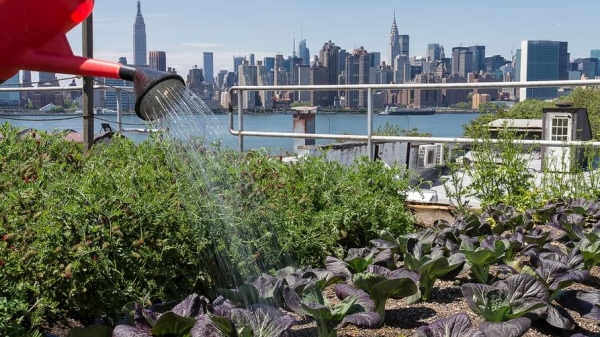ASU study brings international focus to soil microbes
Arizona State University researchers have discovered that temperature determines where key soil microbes can thrive – microbes that are critical to forming topsoil crusts in arid lands. And of concern, the scientists predict that in as little as 50 years, global warming may push some of these microbes out of their present stronghold in colder U.S. deserts, with unknown consequences to soil fertility and erosion.
The findings are featured as the cover story of the June 28 edition of the journal Science.
Throughout desert regions in the United States, researchers found that while there are thousands of microbe species in just one pinch of crust, two cyanobacteria – bacteria capable of photosynthesis – were found to be the most common and most important. One type, Microcoleus vaginatus, was the most dominant in cooler deserts and another, Microcoleus steenstrupii, is particularly important in warmer climates. Both cyanobacteria live in all the deserts tested in the study.
These bacteria play a critical role in stabilizing the soil and preventing erosion, as well as cycling carbon and providing nitrogen in the soil, which feeds desert plants. Global warming may force the cooler-loving microbe out of the wamer deserts completely, with unknown and potentially serious consequences.
Article source: ScienceMore ASU in the news

ASU makes progress toward establishing new medical school, could admit students by 2026

How to Make Urban Agriculture More Climate-Friendly
